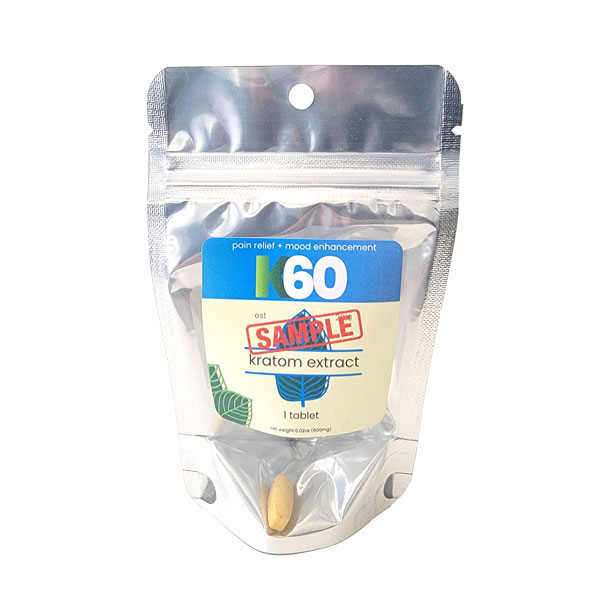Have you ever heard of kratom? It’s a plant native to Southeast Asia that’s been used for centuries for its medicinal properties.
However, in recent years, it has gained popularity in the Western world as a natural remedy for pain relief, anxiety, and depression.
But what does kratom actually feel like?
Well, the effects of kratom can vary depending on the strain and dosage.
Some people report feeling relaxed and calm, while others experience increased energy and focus.
However, kratom can also have negative side effects such as nausea, dizziness, and even addiction.
In this article, we’ll dive deeper into the different experiences people have with kratom and explore its potential benefits and risks.
Understanding Kratom’s Effects On The Body
Kratom, also known as Mitragyna speciosa, is a tropical plant native to Southeast Asia that has gained popularity in recent years for its potential therapeutic benefits.
The leaves of the kratom tree contain compounds that interact with the body’s opioid receptors, producing effects that can range from mild stimulation to sedation.
The exact effects of kratom can vary depending on the strain, dosage, and individual differences in biochemistry.
Some people report feeling more alert and focused after taking kratom, while others describe a sense of calm and relaxation.
Higher doses may produce more intense effects, including euphoria and pain relief. However, it is important to note that kratom can also have negative side effects such as nausea, dizziness, and constipation.
Exploring The Different Strains Of Kratom
If you’re new to kratom, it can be difficult to understand what each strain feels like. The different types of kratom have different effects on the body, and knowing which one will work best for you is essential.
Here are some of the most popular strains of kratom and their effects.
Green kratom is known for its balanced effects. It provides a mild energy boost while also promoting relaxation and calmness.
Red kratom is more sedative, making it great for pain relief or helping with sleep issues.
White kratom is the most stimulating of the three strains and is often used as a pre-workout supplement or to improve focus during work or study sessions.
Knowing which strain to choose can enhance your experience with this natural supplement.
Dosage And Timing
As we have learned, there are various strains of kratom that give different effects. But what does kratom actually feel like? Well, the answer to this question can vary greatly depending on the person and the dosage taken.
Generally speaking, low doses of kratom (1-5 grams) can produce a mild stimulant effect, similar to drinking a cup of coffee. Users may experience increased energy, focus, and motivation.
Higher doses (5-15 grams) can produce a more sedative effect, creating feelings of relaxation and euphoria. However, it’s important to note that taking too much kratom can lead to negative side effects such as nausea or dizziness.
It’s always best to start with a small dose and gradually increase it until you achieve the desired effects.
Potential Benefits Of Kratom Use
Kratom is a plant native to Southeast Asia that has been used for centuries as a traditional medicine. Its leaves contain alkaloids that interact with the body’s opioid receptors, producing effects similar to opioids but with less risk of respiratory depression.
While more research is needed to fully understand its potential benefits, many users report experiencing relief from pain, anxiety, and depression. One of the most commonly reported benefits of kratom use is pain relief. Its analgesic properties are thought to be due to the activation of mu-opioid receptors in the brain and spinal cord.
Kratom may also help alleviate symptoms associated with anxiety and depression. Some users report feeling more relaxed and calm after taking it, while others find it boosts their mood and energy levels. Additionally, some people have found that kratom helps them manage withdrawal symptoms when they stop using other substances such as opioids or alcohol.
Overall, while kratom has potential benefits, it is important to note that it can also have negative side effects and risks associated with its use. It is always recommended to speak with a healthcare professional before starting any new supplement or medication.
Risks And Side Effects To Consider
While kratom has been known to provide a variety of positive effects such as increased energy, pain relief, and improved mood, it is important to consider the potential risks and side effects.
Kratom can cause nausea, vomiting, constipation, and loss of appetite. It may also lead to dizziness, confusion, or even seizures in some individuals.
Furthermore, long-term use of kratom may lead to addiction and withdrawal symptoms similar to those experienced with opioid drugs. In rare cases, liver damage has also been reported in individuals who have used kratom regularly over an extended period of time.
As with any substance, it is important to exercise caution and moderation when using kratom to avoid these potential risks.
Frequently Asked Questions
Conclusion
In conclusion, kratom can provide a variety of effects depending on dosage and individual tolerance. Some users report feelings of euphoria, relaxation, and pain relief while others may experience side effects such as nausea or dizziness.
It is important to note that kratom should not be used as a substitute for professional medical treatment and should always be taken responsibly.
While the legality of kratom varies by state and country, it is important to do research and understand the potential risks before using it. As with any substance, it is recommended to start with small doses and gradually increase as needed.
Overall, kratom can provide a unique experience for those seeking alternative methods for managing pain or anxiety but should be used with caution and under the guidance of a healthcare professional when necessary.










